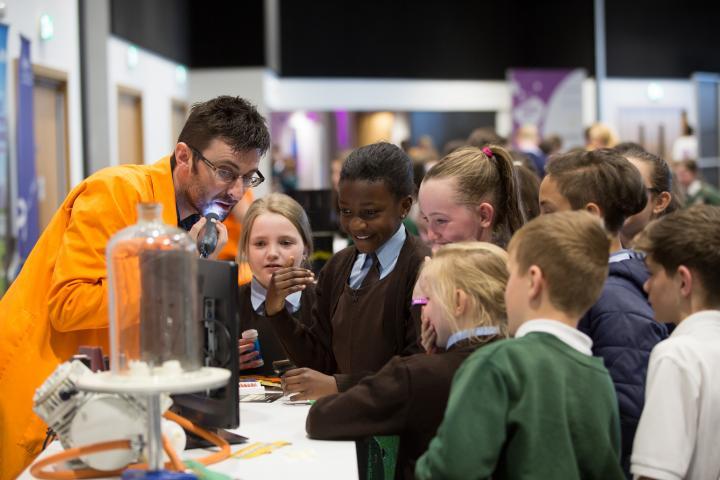Let It RainBuild your knowledge and skills to get the better of the weather

Ready for action?
What
The possible connections with your curriculum
Who
The people who take up the teacher role
Where
The locations where learning takes place
With
The community stakeholders to collaborate with
Short abstract
In this learning scenario, students will learn what the difference is between weather and climate. They will learn about different climates by collecting data about the weather in their country and then comparing their results to that of another country. They will explore what stops us from being outside in all weathers (wind, precipitation and temperature) and look at different materials that can protect us from harsh weather. They will then design their own all weather classroom to benefit the whole school community with real materials in mind, by firstly modelling their design, then presenting their findings to a community panel.
This Learning Unit comprises a knowledge harvest activity where the students will work together to discuss what they already know about weather. Following this, they will visit the Science Museum to learn more about the earth's climate and how weather is measured in the past and present, and predicted into the future.
For this activity, students will create a weather diary. They will then participate in a virtual meeting with children from a school in another country to compare what weather they experience.
In this Leaning Unit, students will carry out an investigation using the story of the Three Little Pigs as a basis to learn about material science. They will test structures made from different materials to find out which is the most stable and hardy against the wind.
Students will continue to think about the design of the outdoor classroom by modelling the roof on a small scale. They will test different materials to see if they are absorbent or water-resistant. They will then speak to an architect to learn what other factors are involved in the design of a building.
Students will explore thermal conductivity by testing materials which could be used to make the outdoor classroom on a small scale. They will test different materials gathered from home to learn if they are insulators or conductors of heat. They will discuss how the science can be applied in practice to design a comfortable environment.
In this activity, students will apply the knowledge gained in the previous Learning Units to select the best materials to use to build an outdoor classroom. They will develop their design and make a model of it. They will then cost up the materials they have decided to use, and a panel of experts will judge which is the most suitable and cost effective.